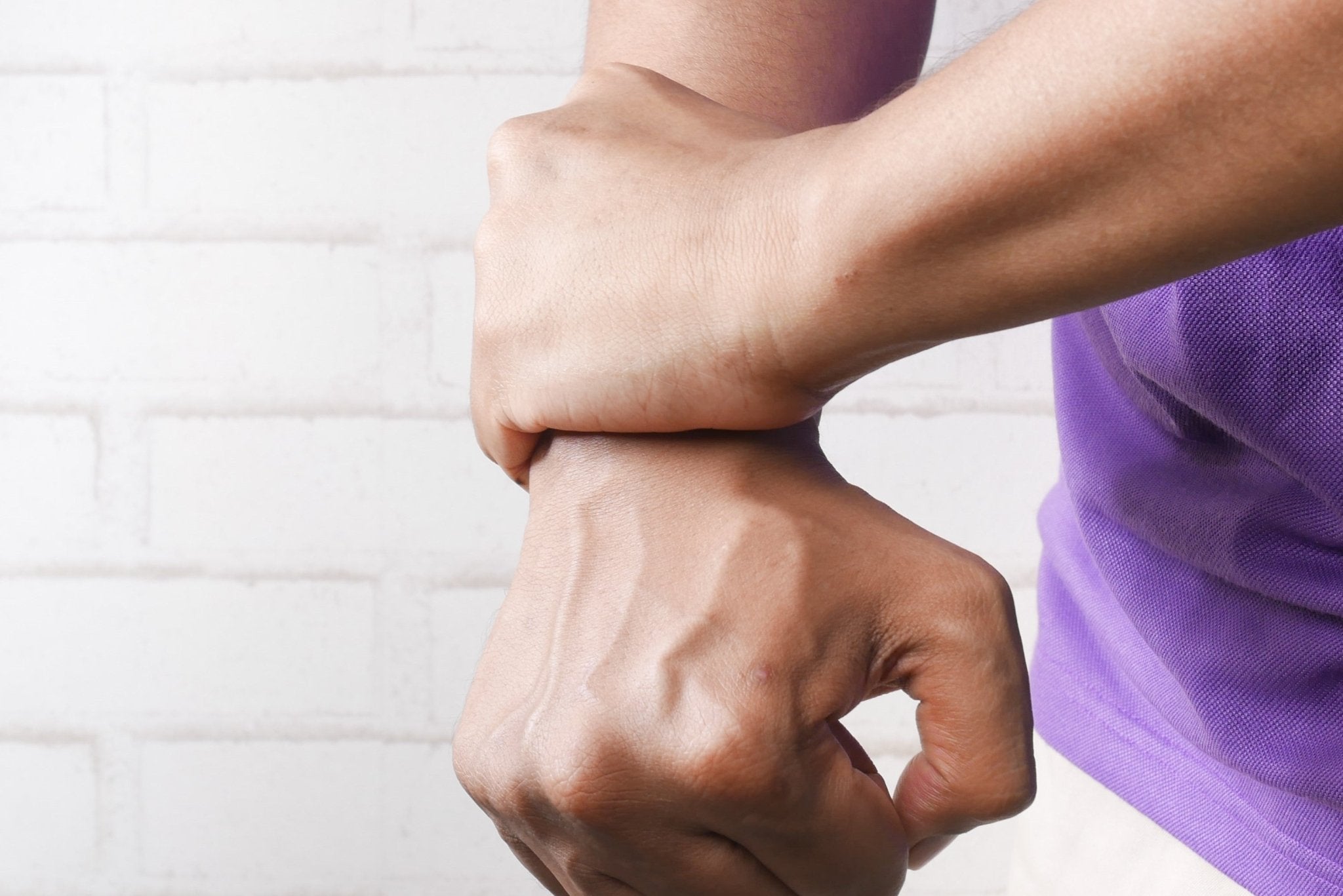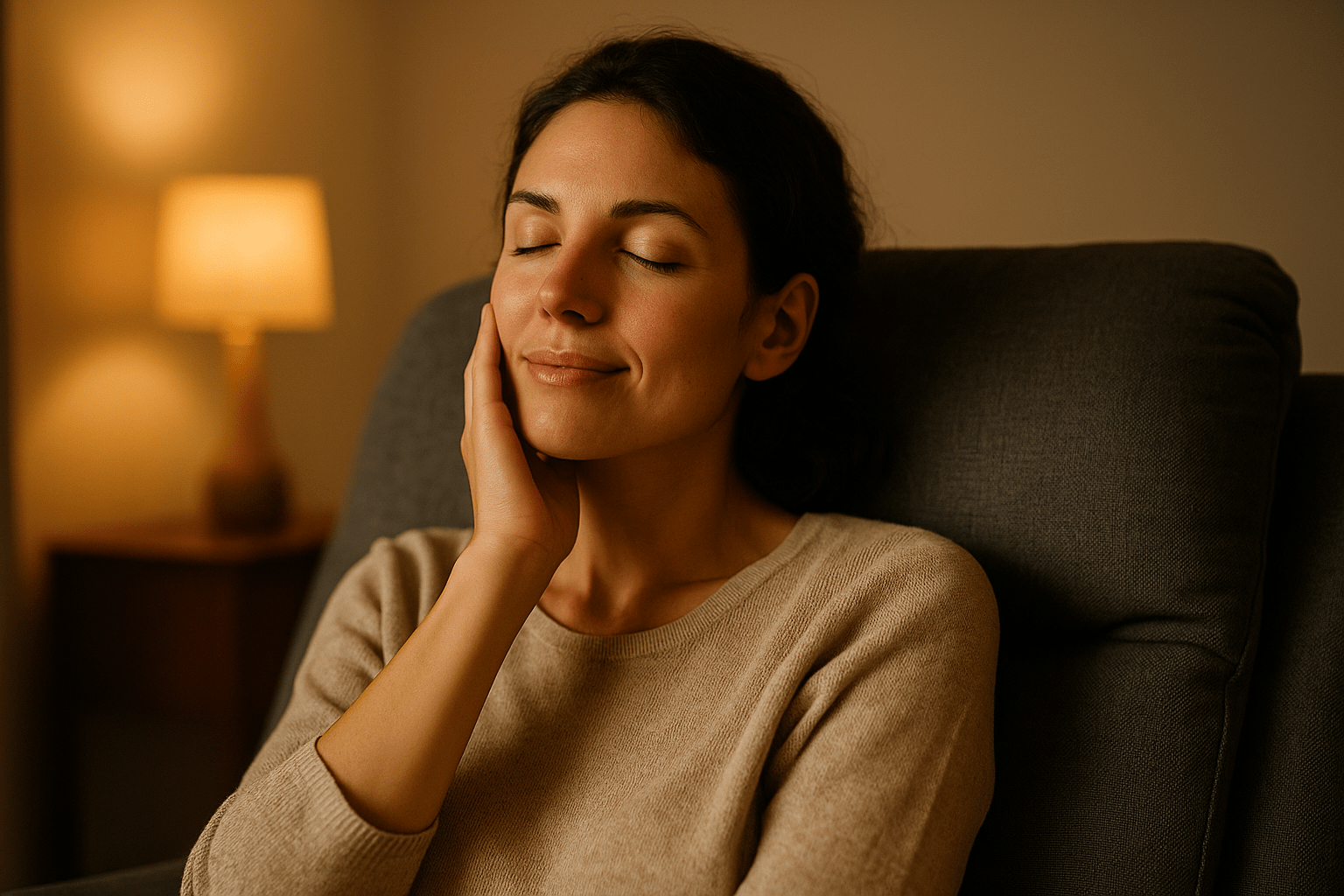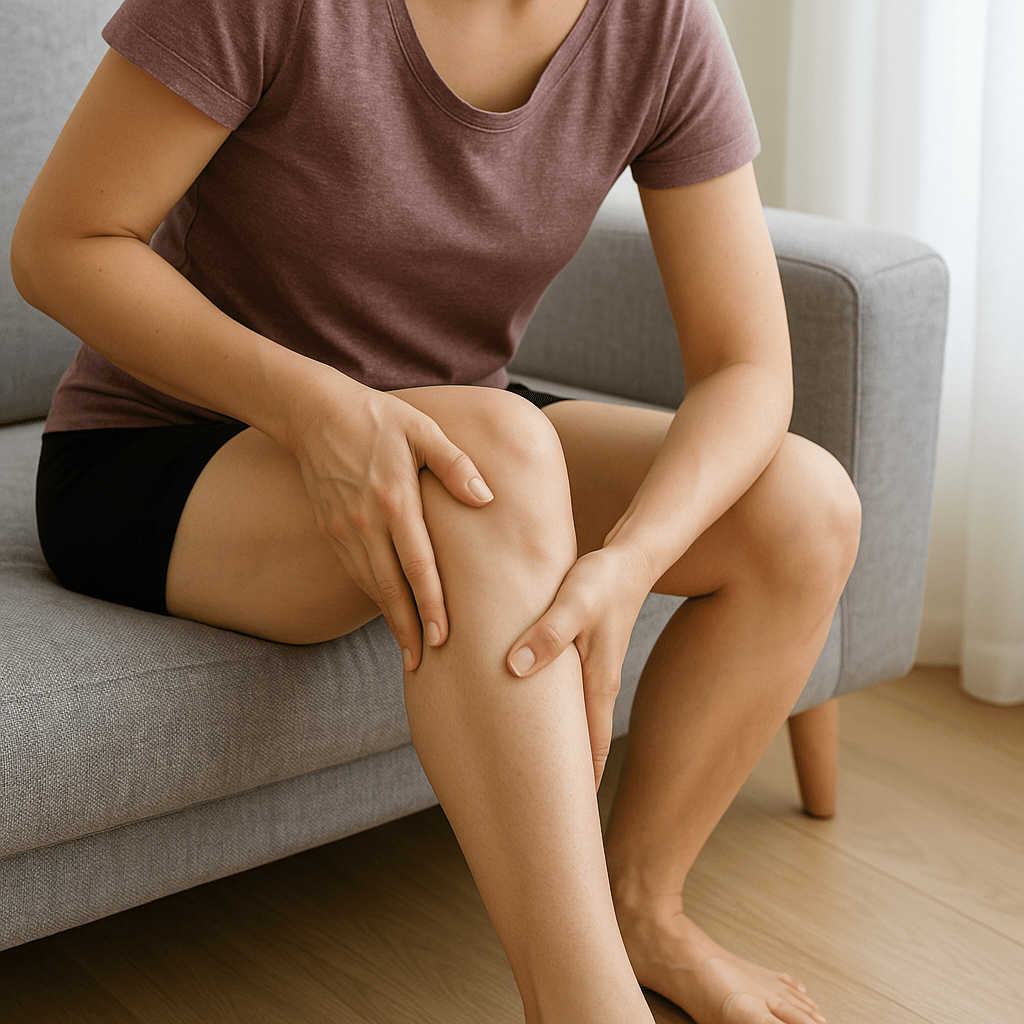What helps against joint pain? Causes, symptoms & treatment
Joint pain is an often underestimated and widespread ailment. A closer look is surprising, as millions of people of all ages are confronted with it every day. According to the German Society for Rheumatology, around 700,000 adults in Germany alone will actually be affected by rheumatoid arthritis in 2023. That is around 0.8 to 1.2 percent of the adult population, which illustrates the extent of this health problem. Classically, the disease begins with joint pain in the fingers and toes and spreads over time. The causes of joint pain can be varied, but there are promising approaches to relieve it. Massages are unsurprisingly a completely natural therapy option....


Joint pain is an often underestimated and widespread ailment. A closer look is surprising, because millions of people of all ages are confronted with it every day.
How the German Society for Rheumatology reports, around 700,000 adults in Germany alone will actually be affected by rheumatoid arthritis in 2023. That is around 0.8 to 1.2 percent of the adult population, which illustrates the extent of this health problem. Classically, the disease begins with joint pain in the fingers and toes and spreads over time.
The causes of joint pain can be many and varied, but there are promising approaches to alleviating it. Massages are unsurprisingly a completely natural therapy option.
In this article we would like to give an overview of joint pain as well as osteoarthritis as the most common cause of it. We will also take a closer look at the consequences and how massage works in this context.
Note: Please note that this article does not replace medical advice and that you should always consult your doctor if you have medical questions about complaints such as joint pain in order to obtain the best solution for your individual situation.
Reading tip: From head to toe: How massages help
What is osteoarthritis and how is it related to joint pain?
Joint pain, particularly in the hip area, can often be dismissed as general signs of wear and tear. However, this is exactly what osteoarthritis describes; it is a widespread joint disease in which joint pain makes the "wear and tear" or "deterioration" of the joints noticeable.
Osteoarthritis occurs when the cartilage that covers the joints and normally acts as a shock absorber breaks down. This cartilage degradation can lead to pain, stiffness and limited joint mobility and, as a consequence, joint pain.
Those affected often hear that only the insertion of a new joint can provide relief. However, health insurance companies are sounding the alarm and point out that in many cases surgery is performed too often without investigating the actual causes of the joint pain.
On closer examination with an X-ray, however, it quickly becomes clear that the normal joint space between the joint surfaces is reduced or, in the worst case, no longer present. The bones of the joint meet, rub against each other and cause joint pain. But no one is condemned to live with this pain. Surgery should always be the last step.
Reading tip: Osteoarthritis and rheumatism are often confused with each other. You can read more about rheumatic pain in our article.
What are the causes of joint pain and osteoarthritis and how do they manifest themselves?
The progression of a disease with joint pain is often gradual. Typical signs can include painful rotational movements, pain when putting on shoes, swelling in the joint region, redness and difficulty walking. Joint pain due to cartilage wear and tear usually occurs from the age of 50, but pain can also occur in younger patients before there is any talk of wear and tear.
The sign of wear is usually promoted by mechanical incorrect loading. Causes can be overweight, but also poor movement patterns due to underdeveloped muscles or pain. Because tension or discomfort often cause us to move slightly differently than we would in a healthy state - this can also lead to osteoarthritis in the long term.
What helps against joint pain?

If osteoarthritis is present, there has usually been a lack of mechanical function for some time. The first step, which should therefore not go unmentioned, is "prevention". Everyone can help to reduce the risk of joint disease and the associated joint pain.
Regular exercise promotes blood circulation and supplies tendons, cartilage and joints with important nutrients. A balanced diet that avoids alcohol, fatty foods and excessive meat consumption can also reduce the risk of disease.
If you are already suffering from joint pain, these tips are still recommended, but will not alleviate the symptoms in the short term. They merely promote the regeneration and rebuilding of the joints in the "worn" areas. So what else can you do for joint pain?
An effective measure to eliminate malpositions caused by incorrect posture in everyday life is muscle building. It is also essential to eliminate tension that promotes asymmetrical loading. And this is where massage comes into play.
Massages as a possible form of therapy for joint pain
A massage aims to increase blood circulation in the affected area, reduce inflammation and relieve tension. It can therefore also help to alleviate joint pain and increase the mobility of painful joints. Step by step, you as the affected person can approach a healthy movement pattern that can reduce discomfort and relieve joint pain.
Massage also stimulates the release of endorphins. They produce a kind of endogenous painkiller that can create a feeling of relaxation and well-being. The combination of physiological and psychological effects makes massage a valuable form of therapy for joint pain and osteoarthritis, although it does not promise a cure.
The positive effect of massages as an accompanying form of therapy for joint pain is partly still viewed critically today. Mainly due to a lack of comprehensive studies, which is why this question was recently addressed in an US-American study recently examined this question more closely. The researchers from Florida conducted a comprehensive search for studies in which the influence of massage on pain and the function of the affected joints was systematically analyzed. The results of the analysis were promising:
"Massage leads to greater reduction in pain and improvement in joint function compared to other non-active therapies."
However, massages have a positive effect not only on existing complaints, but also in particular in the prevention of arthritis and arthrosis.
Each and every one of us can take precautions to minimize the risk of joint pain caused by joint diseases. Therefore, pay particular attention to the following factors to keep your joints healthy and flexible for a long time and prevent joint pain:
- Ergonomic posture: If you sit a lot or work at a computer, this can lead to joint pain. It is therefore important to have an ergonomic workstation. Take regular breaks for stretching exercises. A spontaneous massage is ideal for this and a massage chair is therefore ideal.
- Stress reduction: Stress can have a negative impact on your joints, but also on your movement patterns as a whole. Too much stress can therefore also lead to joint pain. Find ways to relax, such as meditation and massages.
- Exercise: Regular, gentle exercises maintain the mobility of your joints and strengthen the supporting muscles.
- Healthy diet: A balanced diet with antioxidants, omega-3 fatty acids and anti-inflammatory foods such as fish, nuts, berries and turmeric can also reduce the risk of joint pain caused by inflammation.

Joint pain - there is relief
Those affected often know it only too well. Joint pain and osteoarthritis can have a significant impact on your life. But there are ways to alleviate joint pain and improve your quality of life.
Massage can be a natural and effective way to combat joint pain and find relief. All in all, massage is a gentle and natural way to relieve joint pain and improve mobility. It can definitely help to improve your quality of life, reduce joint pain and reduce the far too high number of sufferers in this country.
Reading Tip: Muscle pain after massages - What are the reasons and how can you avoid them?
Take your health into your own hands and discuss massage with your treating physician as an alternative and adjunctive form of therapy for joint pain.

Co-founder and Managing Director of Massage Chair World. With his expert knowledge and industry expertise, he helps private individuals and companies to find the right massage chairs for relaxation, health and vitality. The individual expert advice is provided both by telephone or video chat, as well as in the exhibition outside Stuttgart.




